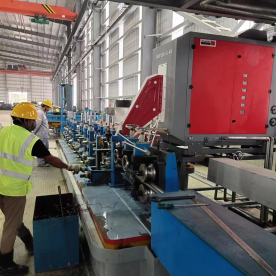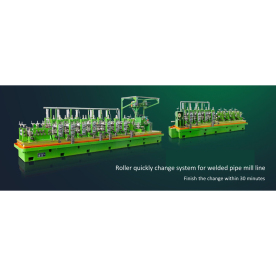[Annealing machine]The Role of Annealing Machine in Modern Manufacturing: Understanding its Application and Benefits
News 2025-6-12
In the realm of modern manufacturing, the term "annealing machine" often arises in discussions about precision engineering and material processing. An annealing machine is a crucial piece of equipment that plays a pivotal role in enhancing material properties and improving product quality. In this article, we will explore the concept of annealing machines, their applications, and the benefits they offer to various industries.

The Role of Annealing Machine in Modern Manufacturing: Understanding its Application and Benefits
An annealing machine is a specialized device used to heat-treat materials, such as metals and ceramics, to alter their physical and chemical properties. The process involves heating the material to a specific temperature, holding it at that temperature for a period of time, and then cooling it down slowly. This treatment helps to enhance the material's ductility, reduce hardness, and improve overall performance.
Applications of Annealing Machines
Annealing machines have numerous applications across various industries. In the automotive sector, they are used to improve the mechanical properties of metal components, ensuring longer lifespan and enhanced performance. In the electronics industry, annealing is crucial in the production of semiconductors, as it helps to activate dopants and refine crystal structure. Additionally, the aerospace industry relies on annealing machines to strengthen aircraft components and ensure their reliability.
Benefits of Using Annealing Machines

The Role of Annealing Machine in Modern Manufacturing: Understanding its Application and Benefits

